Qual è la differenza tra un gorilla e un gorilla di montagna? La seconda specie è molto più grande e rara. Sono, in qualche modo, più belli e misteriosi ed è per questo che è molto interessante andare ad ammirarli, principalmente nell’Africa orientale. I tour operator hanno recentemente trovato molti modi per consentire ai turisti di incontrare questi animali nel loro vero habitat. E i turisti adorano questi speciali “safari”, da fare quasi sempre a piedi. Perché per osservare i gorilla bisogna avvicinarsi molto, ma con un movimento lento e silenzioso. È molto eccitante, un’esperienza da fare, se ne avete la possibilità.
A proposito di gorilla di montagna …
I Gorilla Beringei Beringei sono le specie conosciute anche come “gorilla di montagna”. Rispetto ai normali gorilla africani, questi animali sono più grandi, hanno il pelo più scuro, non amano gli alberi e vivono principalmente a terra. I maschi mangiano fino a 34 kg di cibo ogni giorno, le femmine solo un po’ meno. La loro dieta consiste in piante, foglie, fiori, insetti e lumache.
I gorilla di montagna sono stati a rischio di estinzione per gran parte del 20° secolo, ma nel 2018 sono stati dichiarati fuori pericolo, come specie. Si sono riprodotti e hanno ripopolato soprattutto l’Africa orientale (Uganda, Ruanda, Repubblica Democratica del Congo) . Oggi vivono nell’area vulcanica della catena dei Virunga. Questi animali hanno attirato l’attenzione e lo studio della scienziata Dian Fossey, che ha vissuto in Ruanda per conoscere meglio i gorilla. Dopo la sua tragica uccisione, un museo ricorda lei e il suo lavoro sulla strada che passa tra i vulcani Krisimbi e Bisoke.
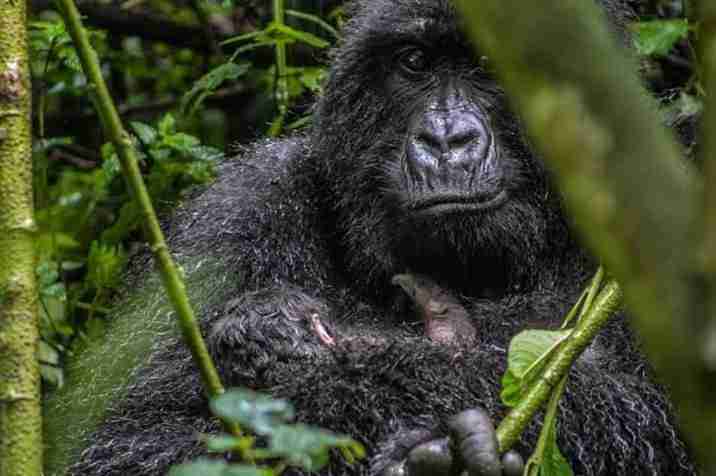
Trekking dei gorilla in Ruanda
C’è una vasta scelta di safari a piedi, se volete incontrare i gorilla di montagna in Ruanda. I tour operator propongono tante idee, a seconda di dove alloggerete e per quanti giorni. Un trekking di 3 giorni, ad esempio, includerà una breve visita a Kigali, un trasferimento al Parco Nazionale dei Vulcani e una visita sia all’habitat naturale dei gorilla sia al centro di Dian Fossey. Durante il tragitto vi fermerete al Memoriale del Genocidio.
In un viaggio di 5 giorni visiterete sia l’Uganda che il Ruanda. Camminerete dal confine ugandese al Parco Nazionale dei Vulcani e a Nyungwe per ammirare i gorilla di montagna ma anche gli scimpanzé e altre scimmie. Viaggi più lunghi includeranno la possibilità di visitare sia Nyungwe, il Parco Nazionale dei Vulcani sia altri gruppi di gorilla in Uganda e Tanzania. Questi safari speciali sono piuttosto costosi, e se li prenoterete in Ruanda dovrete anche pagare per ottenere un permesso (1500 Dollari) per avvicinarvi ai gorilla.
Cosa serve per il trekking con i gorilla
Prima di intraprendere il trekking dei gorilla in Ruanda, dovrete sicuramente pagare il permesso. È necessario assumere una guida o un tour operator specializzati. Preparatevi per l’ambiente che incontrerete. Indossate: scarponi da trekking, pantaloni lunghi, magliette a maniche lunghe, cappelli, guanti da giardiniere. Ricordate di rispettare le regole molto rigide.
Dovrete mantenere una distanza di 7 metri dai gorilla, stare sempre con il gruppo, non provare mai a toccare i gorilla, non usare mai la luce del flash per le foto. Non guardate gli animali negli occhi, perché questo può causare la loro reazione. Parlate sempre in tono molto basso. Per maggiori informazioni su questi trekking, vi consigliamo di contattare l’apposita pagina.
(traduzione dall’inglese di Grazia Musumeci)
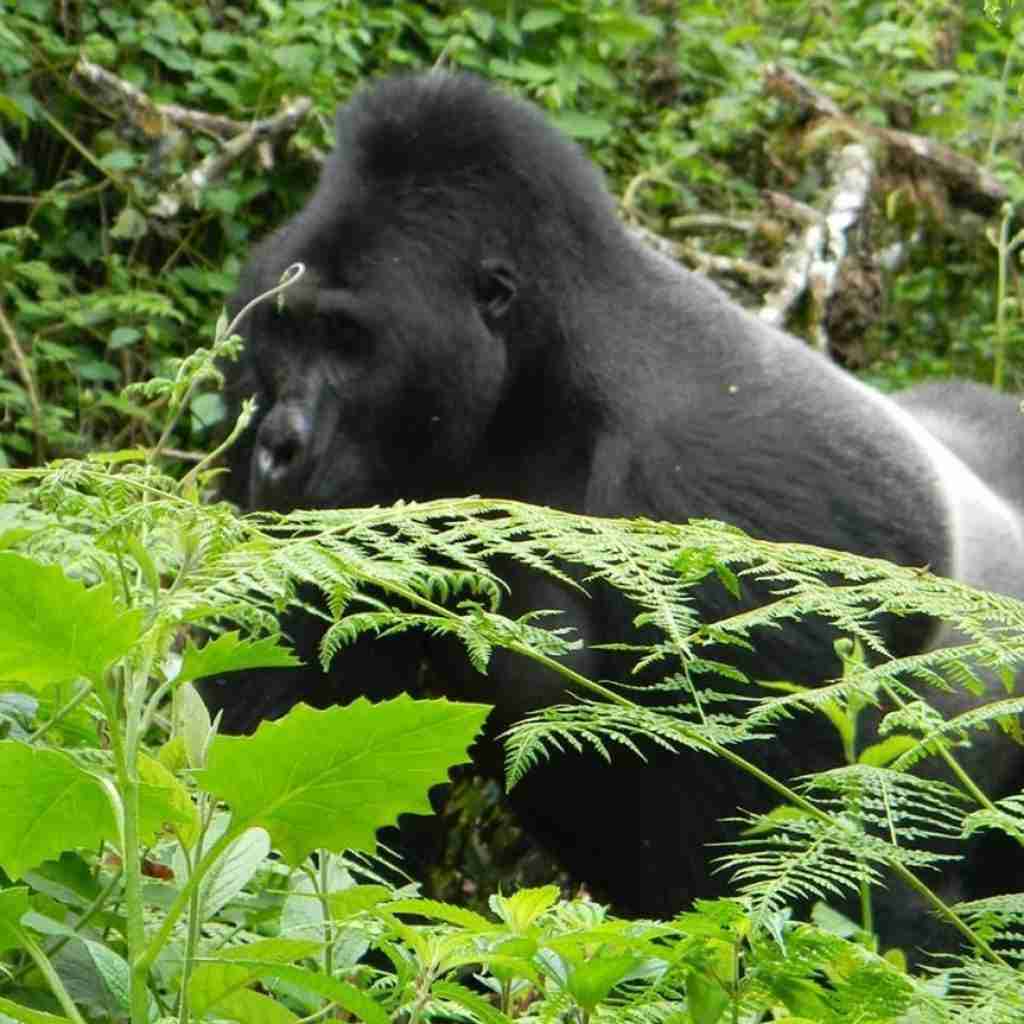


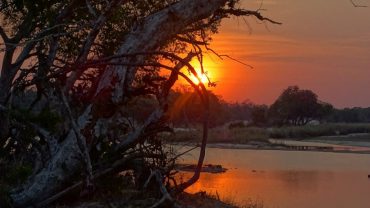
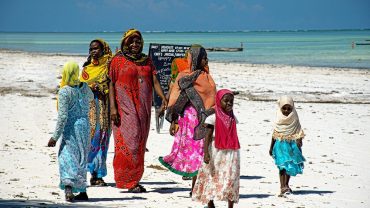
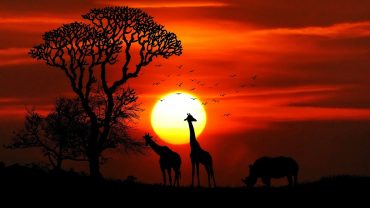
Comment (0)